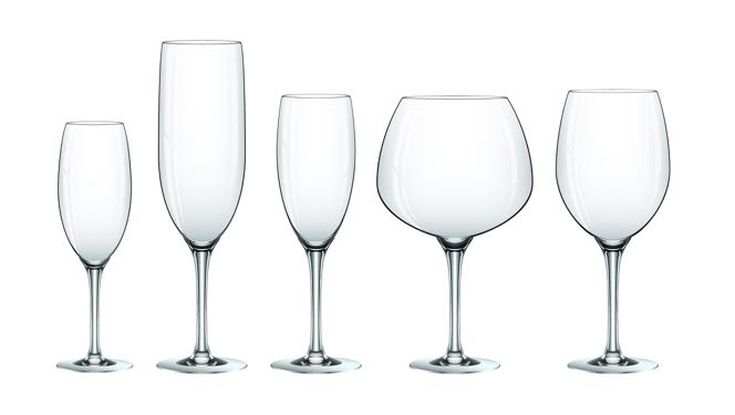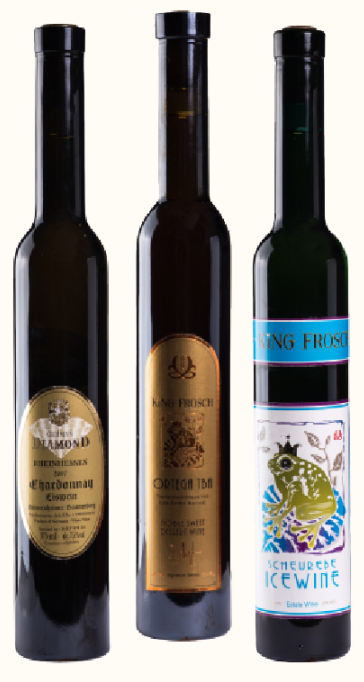Just as there seem to be an infinite number of varietals of wine, all of which have their own distinct characteristics, there too seem to be just as many types of glasses. This week, we’re answering the question, what kind of glasses should you use when serving red, white, and sparkling wine.

Red Wine: Red wines are typically served in glasses that have larger bowls. These larger glasses mean the wine has a greater amount of surface area which comes into contact with the air. As a result, the wine is able to breathe, or “open up,” which facilitates flavor development. Larger glasses also encourage the drinker to smell their wine. This is important for enjoyment, as the senses taste and smell are closely linked.
White Wine: White wine is usually served in comparatively smaller glasses, which feature U-shaped bowls. Their unique shape and smaller openings decrease the wine’s surface area, which better preserves its cooler temperature for a longer amount of time. The glass’s smaller opening, according to food.com, also channels the wine’s more subtle aromas more directly to the drinker’s nose.
Sparkling Wine: Sparkling wines are best suited for flutes with narrow, thin bowls. By minimizing the wine’s surface area and exposure to oxygen, the flute helps to preserve the fizz and channel its flavors into the mouth instead of up to the nose.
Dessert Wine: Dessert wines are traditionally served in sippers or glasses characterized by their smaller, more compact shape. This helps to accentuate the aromas and flavors of the wine as well. It also reinforces the fact that these types of wines are intended to be enjoyed in smaller quantities, due to their rarity.
What about glasses with stems versus those without stems? This is primarily up to preference, though in general, though by holding the stem instead of the bowl, you can avoid transmitting your hand’s natural heat through the glass and preserve the wine’s cooler temperature.
If aeration prior to enjoyment, yet without having to wait, is something that is important to you, we also recommend looking into self-aerating glasses. Glasses with internal cells that funnel the wine into the larger bowl, or micro cuts which, during a swirl, help to agitate the wine and expose more of it to oxygen, minimize an otherwise sometimes tedious process of decanting and aeration.
At the end of the day, which glass you drink you wine in comes down to personal preference, though if you want to get the most out of your wine drinking experience we would recommend making sure that you have a larger glass to enjoy red wines, and a smaller one to enjoy white wines with.
Enjoy and let us know what you think!
Because red and white wines Lastly, if you enjoy reds and whites and want to optimize your enjoyment of both, it is recommended that you purchase two sets of glasses.











